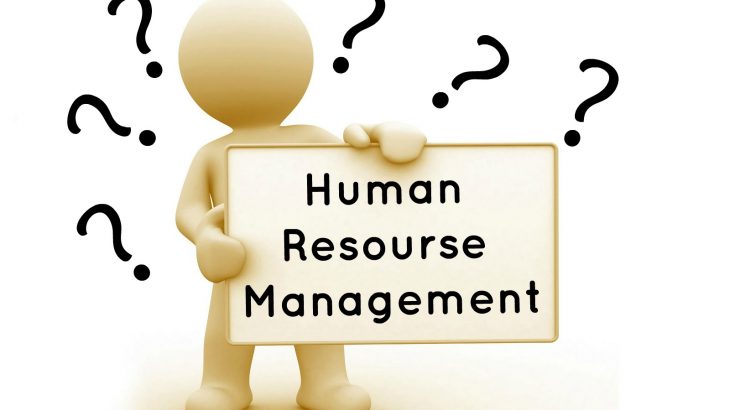Human Resources Management seeks to understand and then support how people do their jobs. Just as important, however, is the understanding of the environment in which that work is done; and how it contributes to the over all success of the organization – i.e. organizational effectiveness. The two are certainly inter-related and inter-dependent.
The Four Roles of HR To truly understand the field of Human Resources Management, one must consider and accept the four basic roles of the HR function, no matter how it’s defined. Some of these are already understood and others less so. These are:
- Compliance and enforcement
- Management advocacy
- Strategic partner
- Employee advocacy
The first two we’ve got down pat. We’ve just begun making inroads on the third and still can’t seem to get a handle on the fourth.
The Enforcer: Most HR practitioners will agree that the role as the employer’s compliance officer is well established. But, it’s increasingly difficult to keep track of changes in state, federal and local laws and regulations. These must then be translated into effective policies and practices. A greater emphasis is also placed today on taking preventative measures to forestall, or at least mitigate, the effects of employee complaints of harassment, wrongful discharge, or discrimination. Though generally perceived of as a reactive function, HR professionals will have to increasingly rely on proactive solutions.
Management Representative: This is the other traditional HRM role. As part of the management staff, the HR department is the point of interface between management policies and its employees. It’s charged with communicating and interpreting management dicta. These responsibilities are also considered an extension of the compliance and enforcement roles. What is not communicated, can seldom be enforced. The “open-book management” movement furthers a trend toward greater employee empowerment and is based on a greater sharing of information; much of which is coordinated through human resource procedures.
Strategic Partner: HR has begun stepping from its historical reactive function – like the guy who follows a parade of elephants with a shovel on his shoulder. A complaint is filed, react to it. Jobs open up, fill ’em. Absenteeism’s on the rise, step up the discipline. The movement to include human resources management in the strategic decision-making process is a relatively new phenomenon. Only a relatively small number of organizations have yet to grant this recognition. This new role does bring with it additional burdens and responsibilities; to be aware of changes in the external environment that will impact the organization; offer appropriate strategies and procedures to anticipate change; and provide regular feed back that helps steer strategic planning. A whole new set of skills and perspectives will be required of HR practitioners.
Employee Advocate: This is not so much a new role as much as it’s practically nonexistent. It’s actually frowned upon in many organizations and is the most difficult of the four to realize. After all, it does seem to be a direct contradiction to serving as an advocate for management. It’s an uncomfortable conflict that many practitioners either choose, or are encouraged, to avoid. Still, it’s a role that must be accepted since it directly impacts the other three. Employee advocacy fosters trust and credibility in the relationship. If employees need someone to speak for them, and if it’s not Human Resources, then who? You guess! Like the overlapping of HRM and OD, the four basic roles for Human Resources management are interrelated and mutually supportive. Success rests in fully accepting all four and striking the proper balance among them. Most HR functions already have the basics of the first two. The organization must shift its culture to accept the third. Both management and the HR professionals must recognize the need for the fourth. But none can be fully actualized absent the other three.





